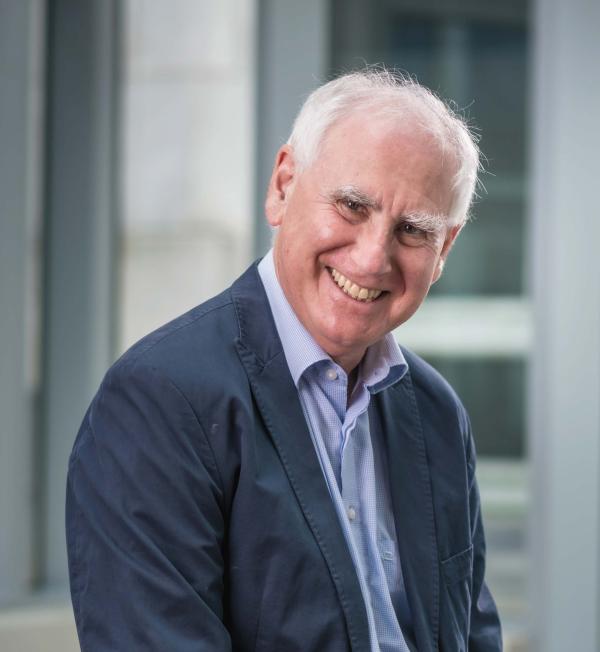How Proteins Cross Membranes
to

Tom Rapoport, Ph.D.
Professor of Cell Biology
HHMI Investigator
Harvard Medical School
Tom Rapoport, Ph.D., joined the faculty at Harvard Medical School in 1995. He received his Ph.D. in Biochemistry from the Humboldt University in East-Berlin for work in enzymology. He then focused on mathematical modeling of metabolism, for which he received his second degree (Habilitation) from the same institution. Before moving to the US, he worked at the Central Institute of Molecular Biology of the Academy of Sciences of the GDR and later at the Max-Delbrueck Center for Molecular Medicine in Berlin-Buch. In 1997, he became a Howard Hughes Medical Institute Investigator.
The Rapoport Lab is interested in the mechanisms by which proteins are transported across membranes, how misfolded proteins are degraded, and how organelles form and maintain their characteristic shapes. Most of the projects center around the endoplasmic reticulum (ER). One project concerns the molecular mechanism by which proteins are translocated across the ER membrane or across the plasma membrane in bacteria and archaea. Much of the current work deals with ERAD (ER-associated protein degradation), a process in which misfolded proteins are retro-translocated across the ER membrane into the cytosol. Major questions concern the mechanism by which proteins move across the membrane and are extracted by the Cdc48 ATPase. Another project concerns the mechanism by which ER morphology, specifically the tubular ER network, is generated. More recently, the Rapoport lab has started to study how proteins are imported into peroxisomes, and how lung surfactant proteins generate lamellar bodies. The lab employs a variety of different techniques, including biochemical methods, such as reconstitutions with purified proteins, and structural biology methods, including X-ray crystallography and cryo-electron microscopy.
Summary
Many proteins need to cross membranes to be secreted from cells or to be localized to intracellular organelles. In the case, of membrane proteins, some segments are translocated across the membrane, while others stay in the cytosol. Translocating a protein across a membrane is not a trivial task, as membranes are generally barriers for even small molecules and the barrier needs to be maintained during protein transport. Protein translocation across the endoplasmic reticulum (ER) membrane occurs through the Sec61 channel, which opens when a substrate arrives. Structures of the Sec61 channel and the analogous SecY channel in bacteria and archaea show that the polypeptide moves in an aqueous environment through the membrane. However, a hydrophilic channel is not the only way by which proteins cross membranes. During ER-associated protein degradation (ERAD), misfolded ER-luminal proteins move through the Hrd1 complex back into the cytosol, where they are polyubiquitinated and degraded by the proteasome. Translocation occurs through a locally thinned membrane region, rather than a channel, a new paradigm that also applies to other systems, such as protein import into mitochondria. Peroxisomes have a unique translocation system, which allows them to import folded and even oligomeric proteins. Soluble receptors bind peroxisomal proteins in the cytosol and move with the cargo through the membrane, utilizing a mechanism that resembles nuclear transport. The receptor returns to the cytosol through a separate retro-translocon that has a constitutively open pore. During retro-translocation, the receptor is unfolded, which results in cargo release inside the organelle.
Learning Objectives:
1. To understand how secretory and membrane proteins are translocated across the endoplasmic reticulum (ER) membrane.
2. To understand how misfolded proteins in the ER are retro-translocated into the cytosol, poly-ubiquitinated, and degraded by the proteasome.
3. To understand how proteins are imported into peroxisomes.
https://videocast.nih.gov/watch=55017
This page was last updated on Wednesday, October 9, 2024